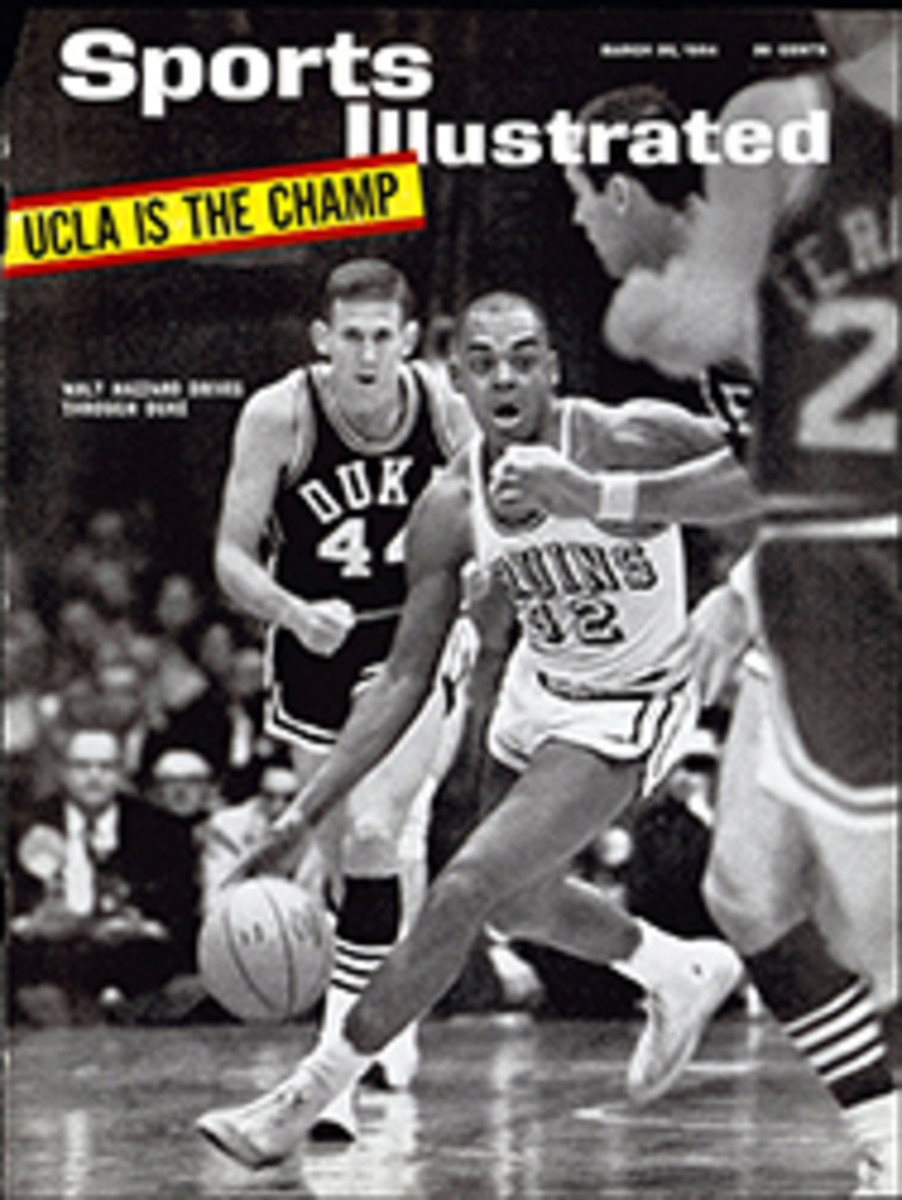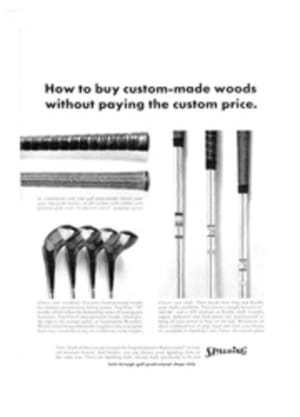
IT WAS SNAKEBITE DAY AT SEBRING
Before the radical events of last week, Sebring had seemed to be losing its old zip. This most glamorous of American sports car races still attracted tanned and glittering specimens of jet society; Connecticut bankers and Chicago industrialists and Texas oilmen still made the spring pilgrimage to see the world's fanciest sports racers through 12 exhausting hours of competition. But the glamour was fading, the rosy mist enveloping Sebring's flat and ugly racecourse fast disappearing. What had been a lively wrangle among big Jaguars, Maseratis, Aston Martins and Ferraris was now a monotonous yearly blitz by the crimson Italian Ferraris. The drivers had changed. Porfirio Rubirosa, once to be seen here in Ferraris, had sought other playgrounds. Death or retirement had removed such exuberant spirits as the Marquis de Portago and Mike Hawthorn, Stirling Moss and Carroll Shelby.
Missing, most of all, was any sort of real American challenge. Oh, Chevrolet's Corvettes made a few abortive runs, and last year the new Ford-engined Cobras had a moment of glory before breaking down. But Sebring was still a case of Americans paying homage to the cars of other countries.
Last week, however, Sebring hummed with a new excitement. A crippled-up Texan—the same lean and salty Carroll Shelby who used to star as a driver in Ferraris and Aston Martins—hopped out of a wheelchair and onto crutches and throughout that long day's journey into the Florida night watched with glee as his Cobras blew their rival Ferraris just about all the way back to Maranello.
Let it be said at once that Cobras did not capture the overall prize. That went to a Ferrari driven by a tall, cool Englishman named Mike Parkes and a battle-scarred old Italian, Umberto Maglioli, who had all but vanished from the news after taking the last Pan-American dash in Mexico nearly 10 years ago. All honor to Parkes and Maglioli for covering a record number of laps in the 12 hours (214); to the drivers of two other factory Ferraris for placing second and third; and to Enzo Ferrari himself for producing the best sports racers of his long career.
But it must also be said that Ferrari had virtually no competition for these so-called prototype racers, which are theoretically the forerunners of passenger cars and of which no more than one need be built to qualify for international racing. Eight such Ferraris raced, and the overall win had been conceded to them in advance.
But there were other large prizes to be won at Sebring, and in the race for the one that matters most—the world championship for the biggest, fastest Grand Touring machines (of which 100 must be built)—Ferraris were drubbed by Cobras. A fastback coupe model driven by the cigar-smoking Pennsylvania veteran, Bob Holbert, and a young California charger, Dave MacDonald, came snarling in behind the prototype Ferraris in fourth place. Cobra roadsters were fifth and sixth, and if still another Cobra, shared by Dan Gurney and Bob Johnson, had not cracked up with an hour to go, it would have been third, smack in among the top Ferraris.
This means that Cobras now lead Ferraris after two GT championship races—the first was won by Ferrari at Daytona—and if the California-based cars keep flying at subsequent point races, like the one at Le Mans, they will have stripped from Ferrari a cherished title. Until Saturday, GT Ferraris were as unbeatable in endurance races as their sister prototypes. No fewer than five were entered at Sebring, and the highest finisher was seventh.
As 66 cars lined up for the 10 a.m. start under a punishing sun last Saturday, nobody really expected the Cobras to do so well. Nobody but Shelby, that is. "I don't give a damn about the prototypes," he said. "I'm going to beat the GTs." The general feeling, however, was that the Cobras would not survive 12 hours on a course that tortures brakes and gearboxes as no other in the world.
Fans of the smaller stuff ogled sleek new Porsche 904 coupes, Volvos, Sprites, Triumphs and MGs and such, and there were those who looked for American exploits not from the Cobras but from assorted Chevrolets. It is mystifying how much hairy Chevy racing machinery trickles out of Detroit, considering General Motors' no-racing policy. There at Sebring were three superlight Corvette Grand Sport racers, weighing hundreds of pounds less and punching out maybe 100 more horsepower than normal Corvette racers. There also was a Chevy-engined Lola, which Driver Augie Pabst seriously talked up as an equal to the Ferrari prototypes. Except for a rousing first-lap dash to lead the pack by Roger Penske in a Grand Sport, however, the Chevys showed nothing in the race.
People in the Ferrari pits were relaxed and complacent. None was more confident than John Surtees, the balding, deadly-serious little Briton who once won a flock of world motorcycle racing championships. "We've had a spot of handling trouble and some engine difficulty," he said unworriedly. He had no reason to be alarmed. Despite these deficiencies he had, in a new four-liter prototype, slashed more than seven seconds from the previous racing-lap record of three minutes 11.4 seconds and was heavily favored to repeat his 1963 Sebring victory.
Obviously, the wisest spectators were those who had invested $100 to be in shaded boxes above the pits and have access to food and drink in a neighboring tent. They could at least experience the Ferrari runaway in comfort. Out on the course—5.2 miles of airport runway and connecting roads—the temperature was climbing to 100°.
Then the flag fell, and lead-off drivers dashed across the track to their cars for that merry traffic jam called a Le Mans start. Racing in close quarters, they swung through three fast bends marked out by yellow pylons on the runway concrete, and then swooped onto the road section, negotiating the kink called the Esses, a hairpin bend and the hard right- and left-hand corners of Webster Turn before moving back onto concrete, past the derelict World War II flying boxcars that have come to symbolize the Sebring course, and down two long straights to the pits again.
Four Ferrari prototypes soon outdistanced the field, and that was to be expected. Four Cobras soon popped up among the 10 leaders, and that, too, was not surprising. They had been faster than the Ferrari GTs in qualifying heats, but they would surely not have the stamina to hang in there.
But a funny thing was happening as the hours passed. The Cobras were not breaking. They kept thundering along, their concrete-shaking detonations contrasting with the Ferraris' high-pitched wail.
Indeed, the Ferraris were proving that not even a Ferrari is perfect. Pedro Rodriguez' prototype was gimpy from the first and after 3½ hours was out. Graham Hill's, which occasionally seized the lead from Surtees', finally developed internal trouble of a permanent nature and failed near the end. The Surtees car, co-driven by Italy's Lorenzo Bandini, was robbed of certain victory by some exasperating little defect in the electrical system that winked the taillights off and took too much time to repair.
Of the leading factory-backed Cobras, none failed mechanically—thus making American history—and it took an old-fashioned wreck to bring down the Gurney car. With but an hour to go and co-driver Bob Johnson at the wheel, it came up fast behind a limping Alfa Romeo in front of the pits. The Cobra smacked into the Alfa and spun into a pit, knocking down a mechanic. The Alfa caught fire, necessitating some quick rescue action to bail out the driver. The accident gave Johnson no more than a banged-up eye, the mechanic a fright—and Ferrari third place, the position the sensational Gurney Cobra seemed sure to take.
Parkes, taking the last shift in the winning car, which had been moving easily with the top flight all day, cruised in for the checkered flag a lap ahead of Nino Vaccarella and Lodovico Scarfiotti's prototype, with the Surtees car third.
"The only trouble we had," said Parkes offhandedly, as though he were talking about a button that had popped off his neat blue blazer, "was when the spare wheel fell out of the car and we had to pick it up."
Shelby was somewhat more demonstrative. Swinging along on crutches and grinning as if his kneecap—shattered in an old racing accident—didn't hurt at all, he crowed, "Ferrari's racing days are over."
Well, not over, perhaps, but at last the old man has some competition and Sebring has regained a lot of the old pizazz.
TWO PHOTOS
Streaking along Sebring straight, the top Cobra, a fastback coupe driven by Bob Holbert and Dave MacDonald, flashes to Grand Touring victory. Resting gimpy knee in wheelchair, Cobra Builder Carroll Shelby grins beneath floppy cowboy hat to show his delight in cars' performances.
PHOTO
Eyes intent on the road, Italy's Umberto Maglioli races winning Ferrari, which he shared with Ferrari Engineer Mike Parkes of Britain.
PHOTO
Awaiting the start, Ferrari Driver Jean Guichet, French racing champion, receives a "bonne chance" from Paris Model Vivianne Beste.

